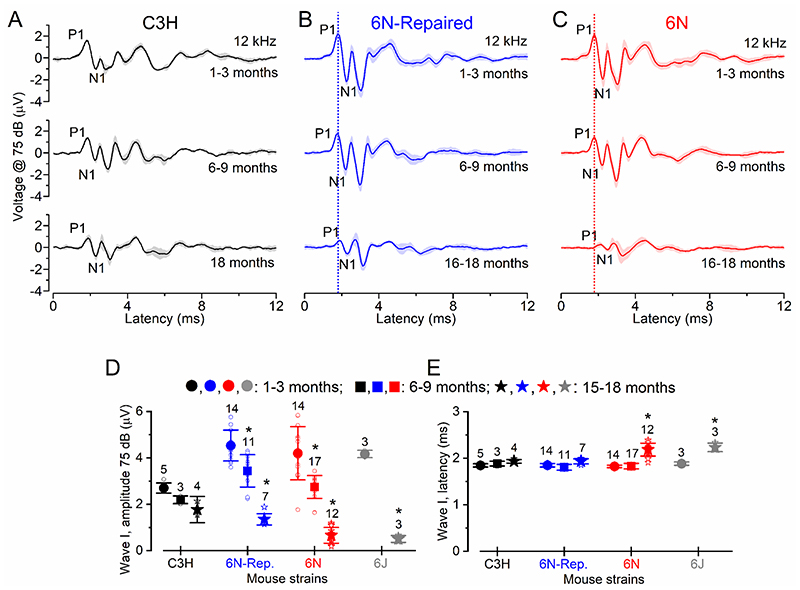Figure 3. Changes in amplitude and latency of ABR wave in ageing mice.
A-C, Average ABR waveform responses at 12 kHz at 75 dB stimulus intensity in C3H (A), 6N-Repaired (B) and 6N (C) mice as a function of age. Continuous lines represent the average values and the shaded areas the S.D. P1 and N1 indicate the positive and negative peaks of wave I. D, Average amplitude of wave I (from P1 to N1) as a function of age in the four mouse strains. In 6N, 6N-Repaired and 6J mice wave I amplitude was significantly reduced between 1-3 months and both 6-9 and 15-18 months (P < 0.001 for both comparisons: Tukey’s post-test, one-way ANOVA). In C3H mice, wave I amplitude was P > 0.05 for all interactions. E, Average latency of wave I (time between the onset of the stimulus and P1) as a function of age in the four mouse strains. In C3H and 6N-Repaired mice, there was no significant changes in the wave I latency between 1-3 months and either 6-9 or 15-18 months (P > 0.05 for all interactions). For 6N, wave I latency did not significantly change between 1-3 months and 6-9 months of age (P > 0.05), but increased between 6-9 and 15-18 months (P < 0.001) and 1-3 and 15-18 months (P < 0.001). In 6J, it also increased between 1-3 and 15-18 months (P < 0.001). Number of mice tested is shown above the data and single data points are plotted as small open symbols.

